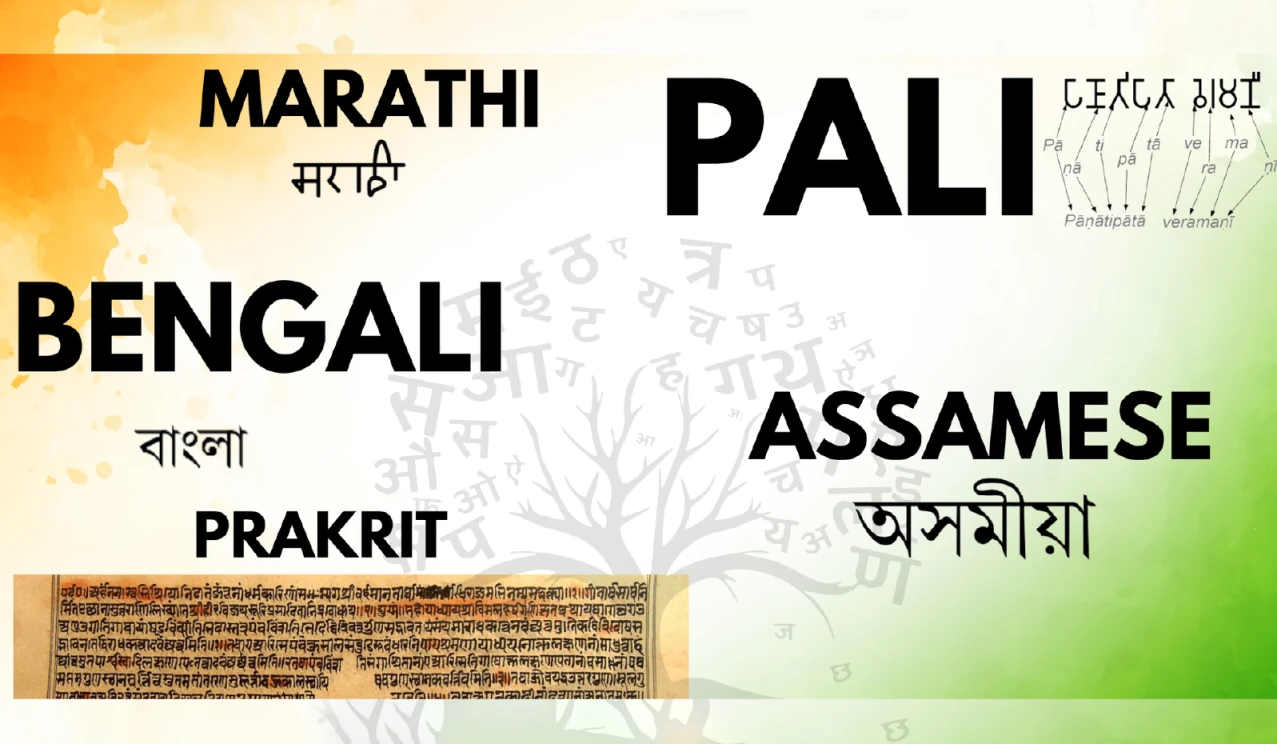The status acknowledges Marathi’s deep historical roots and its role in shaping nation’s cultural identity.
Classical Language in India
- Background: Created for the first time in 2004.
- Criteria for declaring a Classical language: Revised in 2024 to include:
- High antiquity of its early texts/recorded history over a period of 1500- 2000 years.
- A body of ancient literature/texts, considered a heritage by generations of speakers.
- Knowledge texts, especially prose texts in addition to poetry, epigraphical and inscriptional evidence.
- The Classical Languages and literature could be distinct from its current form or could be discontinuous with later forms of its offshoots.
- Other Languages with Classical Status: 6 Indian languages namely Tamil (2004), Sanskrit (2005), Telugu & Kannada (2008), Malayalam (2013) and Odia (2014)
- Classical Language Status was recently approved for Pali, Prakrit, Assamese and Bengali languages apart from Marathi.
Benefits to Classical Language
- Preservation and Documentation: Along with digitization of their ancient texts generating jobs in archiving, translation, publishing, and digital media.
- Academic Benefits: Education Ministry provides for two major annual international awards for scholars of eminence in the said languages.
- Funding: Provided for research and for betterment of these language.
About Marathi Language
|




